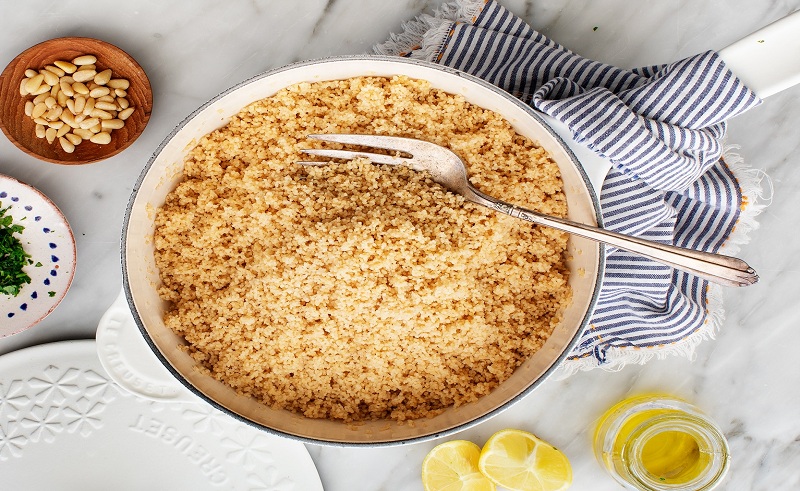UNESCO Names Couscous as Intangible Heritage in Maghreb
This fluffy fav has made its way from the tajine to the UNESCO list.

Whenever we think of North African cuisine, the foremost culinary staple that comes to mind is of course a stew tajine over a hefty serving of couscous. While here in Egypt we tend to think of the fluffy carb as a dessert and load it with spoonfuls of icing sugar and raisins, its served instead of rice or flatbreads in the Maghreb region. It’s such a staple, in fact, that it has made its way from dinner tables to UNESCO’s intangible heritage list. Even koshari didn’t get that title in Egypt.
But that might be because we simply didn’t ask. You see, four Maghreb countries submitted a request for couscous to be considered as such directly to UNESCO. The nations in question are Morocco, Tunisia, Algeria, and Mauritania.
The feathery fav isn’t actually a grain, which many under the wrong impression seem to believe. The dish is really just dough made from wheat or corn flour that has been sifted to form it into sand-sized particles, which are then steam-cooked. And while there’s been much debate about the origin of couscous, UNESCO’s latest decision at the very least confirms who hearts it the most.
- Previous Article This French Patisserie is Teaching Us the Meaning of Amour
- Next Article Cairo's Best 4 Restaurants for Korean BBQ
Trending This Month
-
Nov 05, 2025
-
Nov 05, 2025























